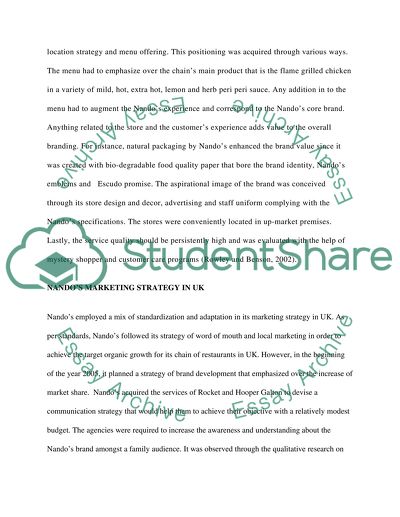Cite this document
(“Question: Choose a non-British brand and compare and contrast the Essay”, n.d.)
Retrieved from https://studentshare.org/environmental-studies/1410515-question-choose-a-non-british-brand-and-compare
Retrieved from https://studentshare.org/environmental-studies/1410515-question-choose-a-non-british-brand-and-compare
(Question: Choose a Non-British Brand and Compare and Contrast the Essay)
https://studentshare.org/environmental-studies/1410515-question-choose-a-non-british-brand-and-compare.
https://studentshare.org/environmental-studies/1410515-question-choose-a-non-british-brand-and-compare.
“Question: Choose a Non-British Brand and Compare and Contrast the Essay”, n.d. https://studentshare.org/environmental-studies/1410515-question-choose-a-non-british-brand-and-compare.


